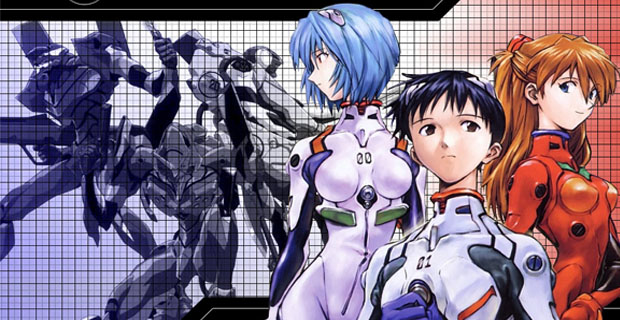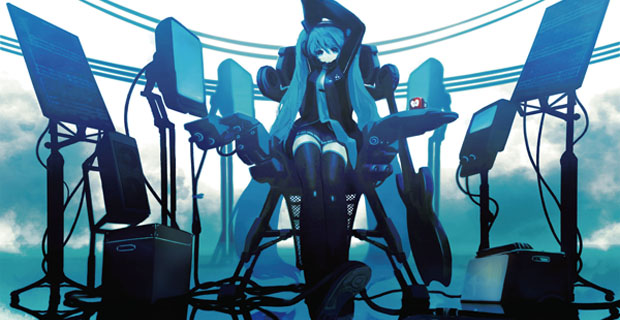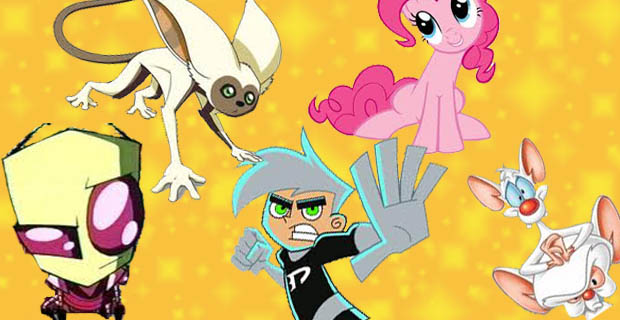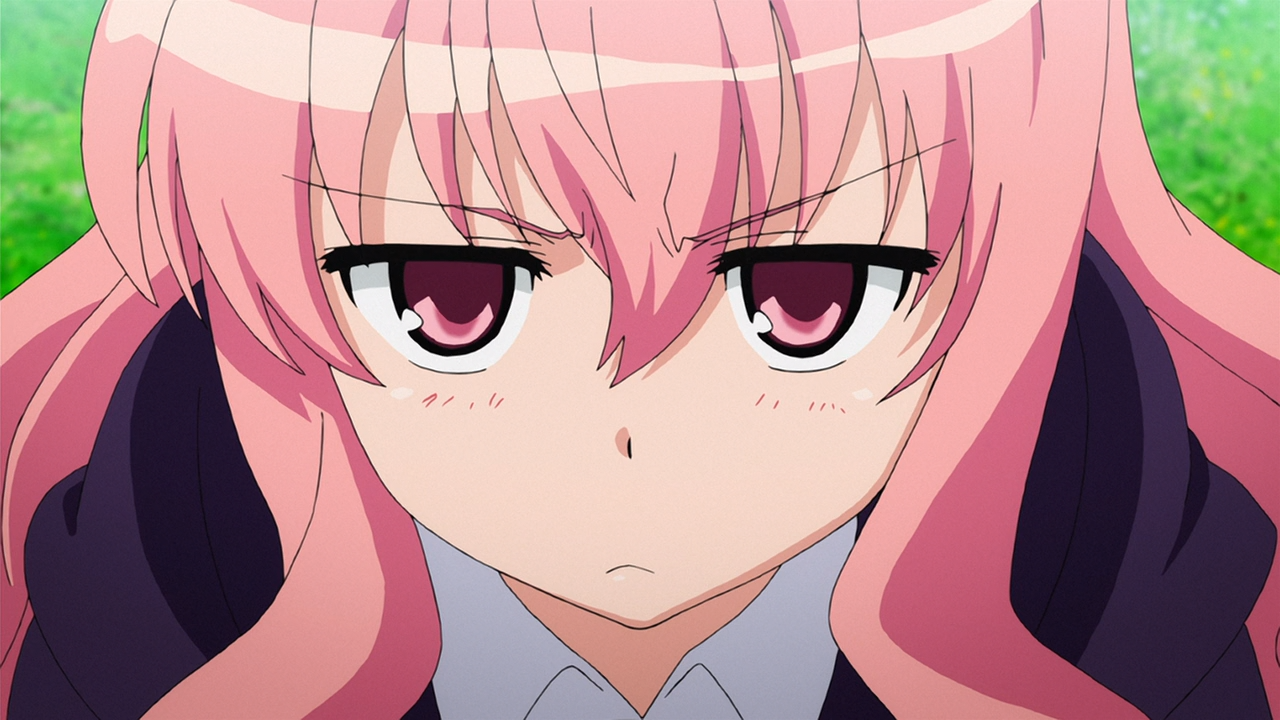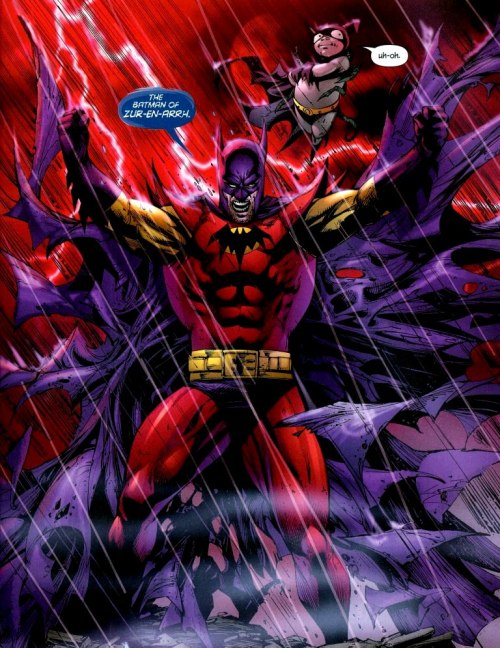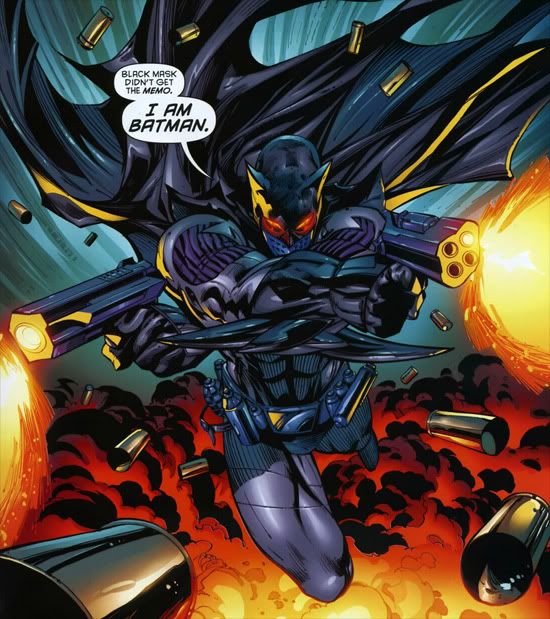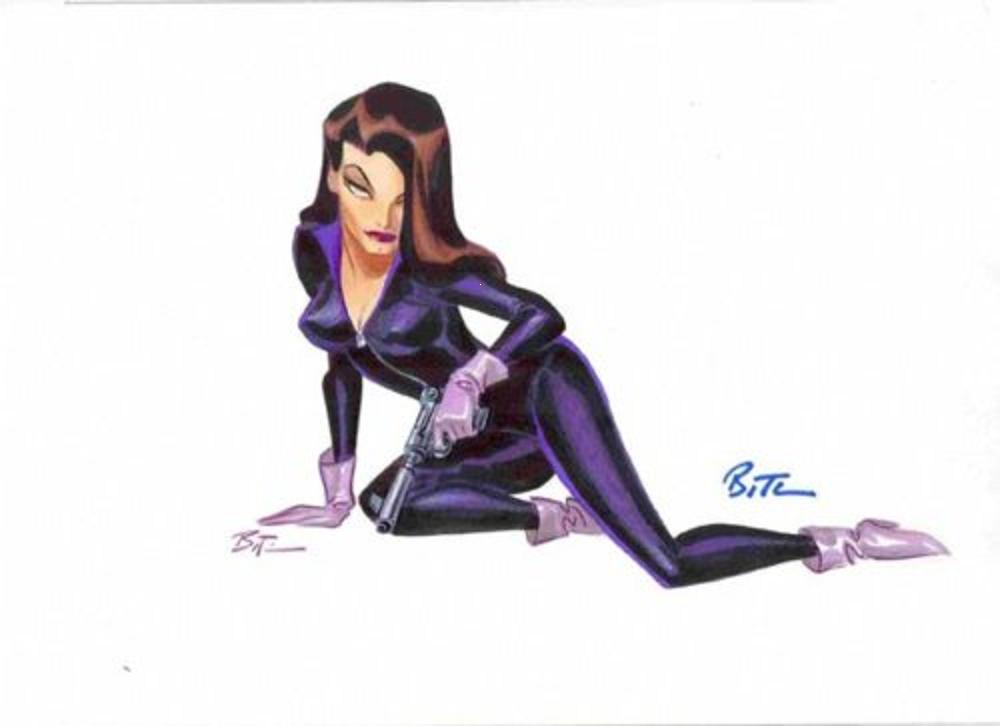Context is everything. Roughly 90% of games send you on a quest to save the
world. But like we covered before, the way you accomplish a goal is every
bit as important as the goal itself. For example, consider Okami. In Okami, players are yet again tasked with
saving the world. However, instead of some buff warrior, players assume the
role of Amaterasu, the goddess of the sun. Since she is a nature goddess, her
can restore harmony by purifying corrupted spots of land. The player isn’t
supposed to just save society, but the very land itself. By
placing the focus on saving nature, the game suggests that nature is both
valuable and powerful. It also suggests that nature is something that needs to
be protected. While the game has no overt environmental themes, it still
communicates an ecological message through the game play.
Read more ...»
 |
| Eveything about this game sets it apart, including the goals. |
Sometimes,
goals communicate a message not intended by the developers. Even if a message
is unintentional, the programmers set up the system for the world. They make up
the laws of that fictional world, and their imaginary land reflects how they
believe the real world should work. For example, in Jak and Daxter: the Precursor
Legacy the main goal of the
game is to transform your friend back into a human. There are threatening
monsters called Lurkers, but when players fight them, it is only so they can
advance their journey. Even doing good deeds has a selfish purpose. The local
townspeople always
bribe you upfront with Power Cells, so
you don’t help them out of the good of your heart. While the player does end up
saving the world, it is less out of intentional effort and more due to unlikely
happenstance. The entire game is about serving self-interest. Even if the
developers weren’t consciously putting that into the game, the way they set up
the system reinforces the idea of looking out for yourself first and foremost.
In the sequel, Jak
II, the goal is to overthrow
Baron Praxis’s totalitarian rule. The goal is a generally noble one, but the
methods involve terrorism, bribery, and blackmail. Even if the player doesn’t
agree with the morality of a mission, the only way to move forward is to do
what the game wants. Through the set-up of the game, it suggests that the ends
justify the means when it comes to overthrowing a corrupt government.
Sometimes the strictness of a game can be rhetorical by only allowing one
solution to a problem, suggesting that is the best solution.
 |
| Jak II teaches us that if violence isn't solving your problems, you aren't using enough of it. |
BlazBlue, on the other hand, encourages the player
to use as many different methods as possible. BlazBlue is a fighting game, which means
that the game play consists of one-on-one battles. In most fighting games, the
story will be tournament style, with players having to beat several opponents
in order to progress. BlazBlue takes a different approach, with
branching storylines that take multiple play-throughs to reach. The only wat to
reach some of the branches, players must lose certain battles. In fact, in
order to achieve 100% completion the player has to lose all possible battles
once. By including losses as part of the completion requirement, the game
suggests that both winning and losing are valuable experiences.
 |
| Blazblu shows us that if violence doesn't solve your problems, you aren't smashing the buttons fast enough. |
Goals suggest something is worth value, but making something a
goal does not make a convincing argument by itself. Video games are often
criticized for glorifying violence, but “violence is an element of play that
serves specific purposes.”1 Because
players are aware that it is only a game, they do not see the things they kill
as living beings, but as challenges and hurdling blocks. Whether or not the
violence in video games has negative effects on people is a subject of much
controversy, and no conclusive evidence for either side has emerged. At the
moment, though, the goals in video games are not always directly parallel to
actions in real life, but remain abstracted. In order for the creator to
persuade the audience that game goals apply beyond the game, they must create a
system that is comparable to real life. Then, they need to show real-life
rewards that could motivate the player. “Immediate goals provide immediate
rewards,” and the success the player feels over small victories will motivate
them to continue through the game to achieve larger victories.1 Developers need to provide adequate
reason for the player to become invested in the stakes.
This concludes the goals section of video game rhetoric. For Part
1, check here. For Part 2, check here. Make sure to check out the main
Rhetoric directory, and check back for the next section, where we
delve into choice and effect in video games!
Oh, and if you want to make me really happy, check out my novel. You can get it for free with the
coupon code YP65T.
